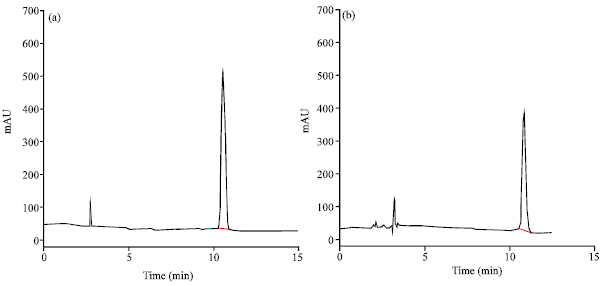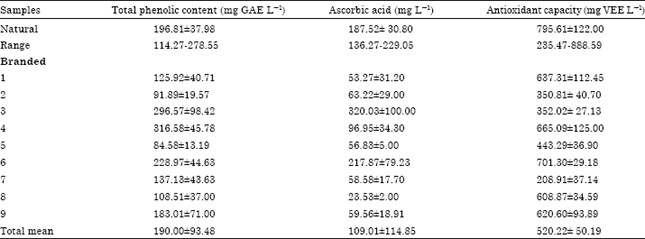Research Article
Evaluation of in vitro Antioxidant Activities of Lemon Juice for Safety Assessment
Department of Drug and Food Control, Faculty of Pharmacy, Tehran University of Medical Sciences, Tehran, Iran
Maliheh Aliabadipoor
Department of Drug and Food Control, Faculty of Pharmacy, Tehran University of Medical Sciences, Tehran, Iran
Ghazaleh Moghaddam
Department of Drug and Food Control, Faculty of Pharmacy, Tehran University of Medical Sciences, Tehran, Iran
Naficeh Sadeghi
Department of Drug and Food Control, Faculty of Pharmacy, Tehran University of Medical Sciences, Tehran, Iran
Mohammad Reza Oveisi
Department of Drug and Food Control, Faculty of Pharmacy, Tehran University of Medical Sciences, Tehran, Iran
Behrooz Jannat
Ministry of Health and Medical Education, Tehran, Iran










